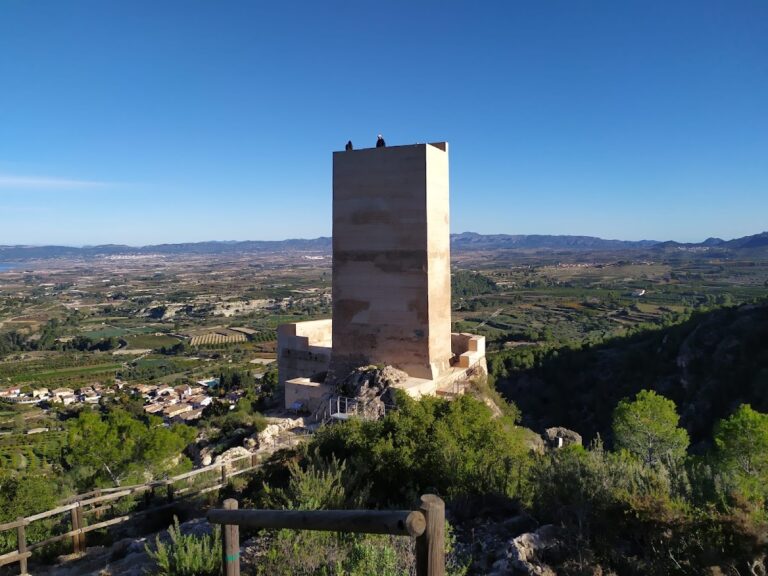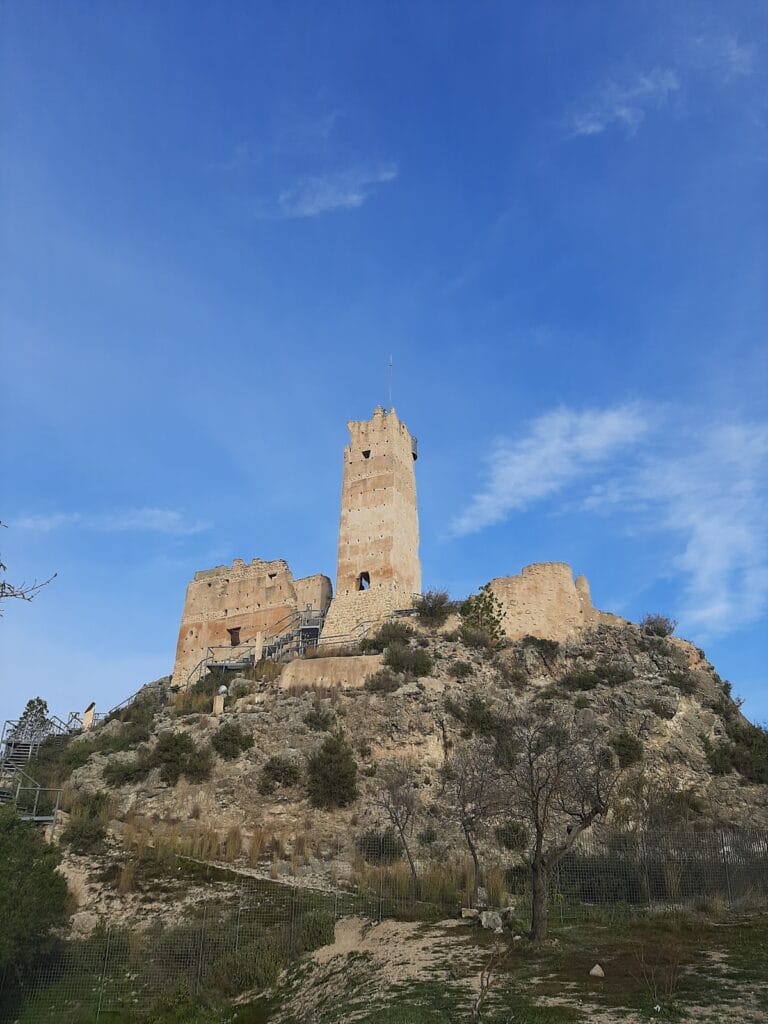Castle of Carbonera: A Medieval Fortress in Beniatjar, Spain
Visitor Information
Google Rating: 4.3
Popularity: Very Low
Google Maps: View on Google Maps
Country: Spain
Civilization: Unclassified
Remains: Military
History
The Castle of Carbonera stands on the Turó del Castell hill within the municipality of Beniatjar, Spain. Its origins trace back to the Islamic civilization, though evidence suggests the site was possibly used even before the Muslim conquest of the Iberian Peninsula in the early 8th century. This hints at an earlier occupation, underlining the castle’s long-standing strategic relevance.
During the 11th and 12th centuries, the castle occupied a critical frontier position between the independent Muslim principalities, or taifas, of Valencia and Dénia. Its location made it a frequent battleground in the struggles for control of the region. Notable military campaigns include those led by Rodrigo Díaz de Vivar, known as El Cid, between 1091 and 1099, as well as incursions by Pedro I of Aragón in 1094 and Alfonso I of Aragón in 1126. The castle’s prominence is underscored by its mention in the medieval epic poem “Cantar de Mio Cid,” which records its conquest by El Cid himself. It was part of a network of fortifications that secured local rural communities, or alquerías, including Bélgida, Otos, Beniatjar, and El Ràfol de Salem.
Following the Christian Reconquest, the Castle of Carbonera continued to hold military importance throughout the 13th century. It figured in battles between King James I of Aragon and the Muslim leader Al-Azraq, reflecting its role on a volatile border zone. The castle likely worked in coordination with neighboring fortifications like those in Carrícola and Rugat, maintaining a continuous garrison to defend this frontier.
In 1288, the castle entered an era of feudal control after the Bellvís family was granted the surrounding lands. This transition signaled a shift from its former military focus as the new owners settled in palaces within the valley’s towns. Efforts were made to disable the castle’s defenses intentionally, to prevent potential use by enemies or insurgents. By 1339, the fortress had fallen into severe ruin, a condition that has persisted due to its remote location and the challenges posed by the terrain.
Remains
The Castle of Carbonera occupies an elongated, polygonal enclosure featuring two defensive walls arranged one behind the other, together extending close to 300 meters in length. Its construction employed a combination of tapial, or rammed earth, and traditional stone masonry, common techniques during the medieval period in the region. This combination created a large, robust fortress adapted to the mountainous landscape.
Among the surviving elements are several portions of the curtain walls, particularly well-preserved along the northern perimeter. These walls incorporate a series of rectangular towers that alternate along the length of the fortifications, offering strengthened points of defense. Some towers also function as buttresses, supporting the stability of the walls against natural erosion and possible attacks. The main gate, facing west, provided controlled access to the fortress.
Inside the enclosure, the castle’s design suggests it was mainly an albacar—a walled outer courtyard serving as a refuge or livestock pen rather than a heavily built residential area. Few constructions remain except within the central core of the site. A notable feature is a large cistern, or aljibe, used to collect and store water, an essential resource for the castle’s inhabitants during sieges or dry periods. The cistern remains largely intact, highlighting the importance placed on water supply.
Today, visitors can observe the ruins of the castle’s walls, towers, and cistern, which stand in partial preservation amidst challenging terrain. Their survival illustrates the castle’s original strategic layout and the construction methods of the medieval period, even as the fortress itself remains largely in ruins.







